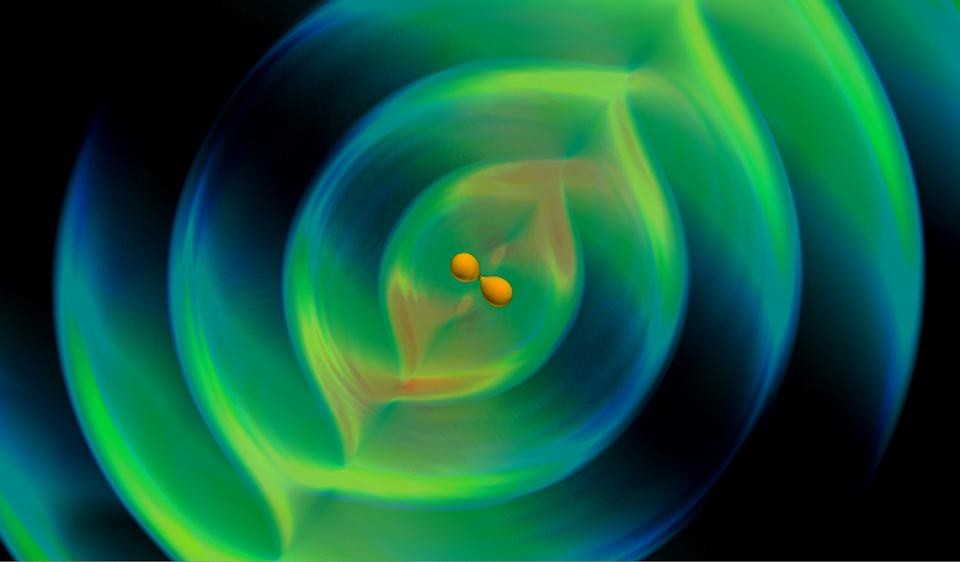5 Facts We Can Learn If LIGO Detects Merging Neutron Stars

Are we about to make a breakthrough to go beyond black holes? Here’s what it means if we do!
If there’s one major difference between General Relativity and Newtonian gravity, it’s this: in Einstein’s theory, nothing lasts forever. Even if you had two perfectly stable masses in orbit around one another — masses that never burned out, lost material, or otherwise changed — their orbits would eventually decay. Whereas in Newtonian gravity, two masses would orbit their mutual center of gravity for an eternity, relativity tells us that a tiny amount of energy gets lost with every moment that one mass is accelerated by the gravitational field it passes through. That energy doesn’t disappear, but gets carried away in the form of gravitational waves. Over long enough time periods, enough energy is radiated away that those two orbiting masses will touch and merge together. Three times, now, LIGO has seen this happen for black holes. But it may be about to take the next step, and see neutron stars merge for the first time.
See full text